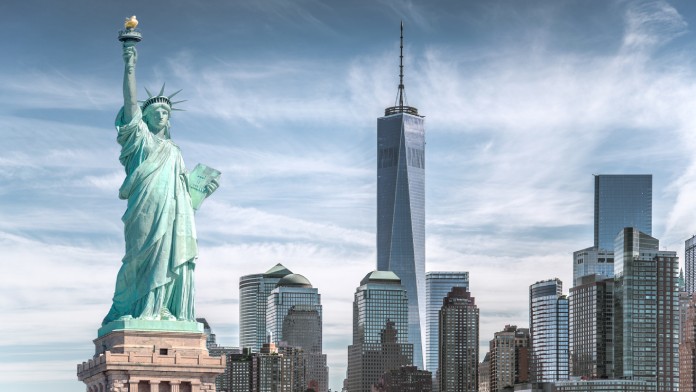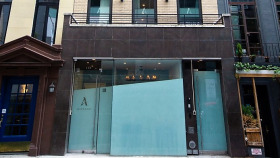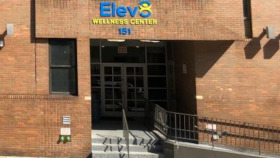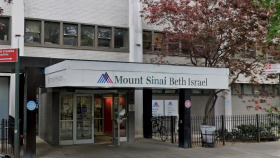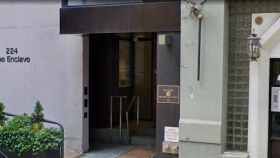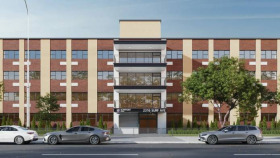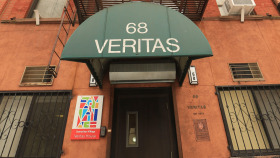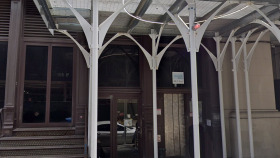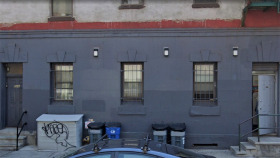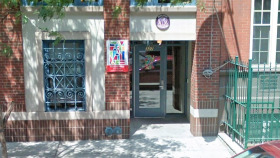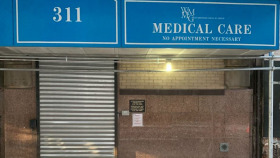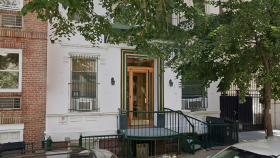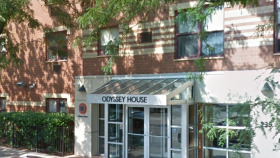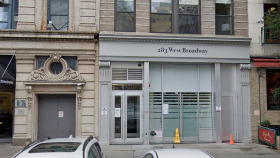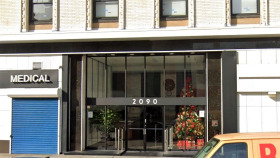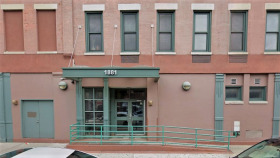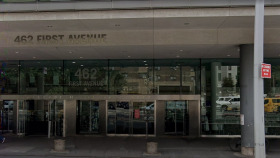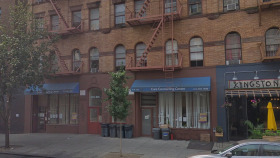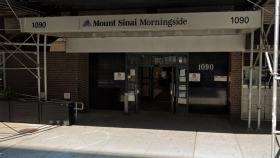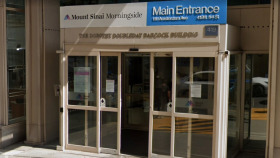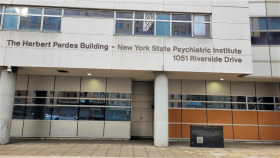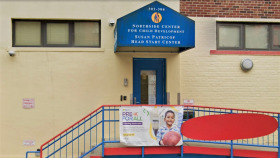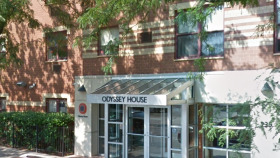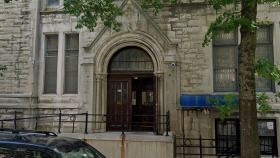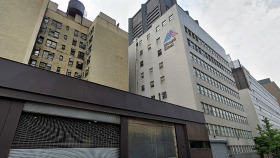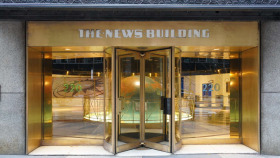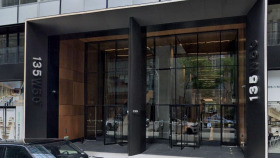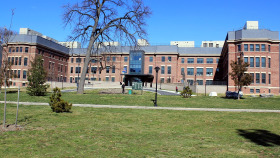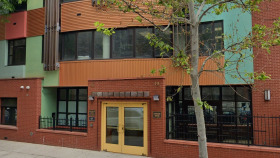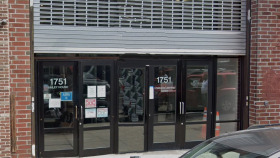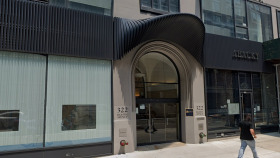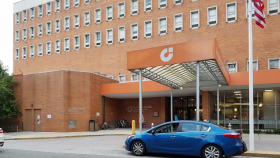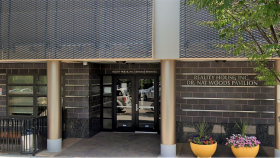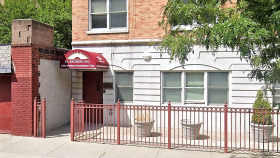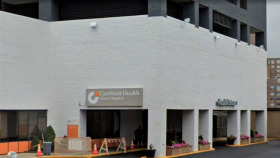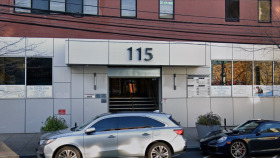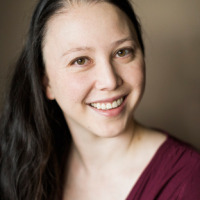Expert Insights
I recently read about a new community outreach program that opened in New York City’s East Harlem area. I assumed this was just your typical harm reduction outreach program…until I got to the part about the free laundromat, free showers, free acupuncture services, and a free massage center. I immediately wondered about the costs of running such a large “free” operation. I tend to remain neutral on efforts such as needle exchange programs and free crack pipe programs, but this particular program had one more (very significant) surprise offering: ambition to become the nation’s first publicly sanctioned supervised consumption room. (That’s a lengthy way of saying it’s a place where people can use drugs like heroin, meth, cocaine, and other substances while being observed by on-site medical staff members.)
If a person in the consumption room overdoses, medical professionals can step in to administer Narcan, reverse the overdose symptoms, and ultimately save a life. But make no mistake, these consumption room operations are illegal in the United States. I’ve seen data from similar operations around the world…and it’s never consistent. While I can get onboard with forms of harm reduction – especially programs making a tangible positive impact – I can’t shake the feeling that these facilities enable and prolong the disease of addiction while ignoring the possibility of achieving recovery as a whole.
~ Nikki Seay
How Expensive is Addiction Treatment in New York City
Regardless of your health insurance status, there are options for drug or alcohol rehab in New York City to help you seek addiction treatment. According to the Substance Abuse and Mental Health Services Administration (SAMHSA), in the state of New York, there are more than 700 drug or alcohol rehab programs, including:
No matter how you intend to pay for treatment, you can reach out to specific facilities and detox centers in New York City to discuss finances. Have them go over the costs and payment schedule with you, and they’ll be able to help you figure out how to pay for your care.
How to Find Low-Cost and Free Drug Rehab Centers in NYC
If you’re open to seeking professional help outside the city, five drug and alcohol rehabs don’t take payment for services, offering crisis services pro bono for specific communities outside NYC.
You can also seek help from a state-funded treatment center. These facilities provide drug or alcohol addiction treatment at a reduced cost or free to eligible residents. Aside from state-funded facilities, you should consider the following when looking for options inside New York City:
- Reach out to local churches to find emergency rehabilitation services or medical grant programs
- Find New York City drug rehabs that charge based on a sliding-fee scale
- Apply for an individual treatment scholarship through your chosen facility
- Contact one of the 11 New York City (or 109 facilities statewide) facilities that have received a SAMHSA block grant to provide addiction services to low-income individuals
- Look for addiction treatment centers that offer to set up payment plans
Resources
- New York City Department of Health. (2021). Unintentional Drug Poisoning Overdose Deaths Fourth Quarter.
- New York Department of Health. (2022). Quarterly Opioid Report Press Release.
- Center for Disease Control and Prevention, National Center for Health Statistics. (2021). Drug Overdose Deaths in the U.S. Up 30% in 2020.
- New York State Office of Addiction Services and Supports. (2022). Laws and Regulations.
- New York City Department of Health. (2021). Naloxone Information.

